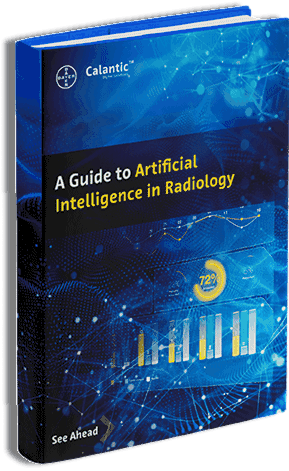Hortense Allison is VP Head of Regulatory Digital at Bayer Radiology. At RSNA 2022, she outlined the regulatory framework that needs to be understood for developing and deploying AI-based devices.
Speaker: Hortense Allison, VP Head of Regulatory Digital, Bayer Radiology
FDA Classification of Radiological Computer-Assisted Software analyzing acquired images
The US Food and Drug Administration (FDA) categorizes radiological computer-assisted software analyzing acquired images by their main purpose:
CADt – Computer-aided TRIAGE device
- CADt devices are simple classification tools.
- They support the user in prioritization and triage of radiological medical images.
- They do not mark, highlight, or direct users' attention to a specific location in the original image.
- When applied to radiology, the solution must analyze all cases including both positive and negative cases.
CADe – Computer-aided DETECTION device
- CADe devices are more complex AI-tools.
- They are intended to identify and localize suspected abnormalities on radiological images.
- When applied to radiology, the radiologist then interprets the highlighted findings and renders a diagnosis.
CADx – Computer-aided DIAGNOSTIC device
- CADx devices are the most complex AI-tools.
- They not only localize suspected findings and show their spatial extent, but they also do segmentation at the pixel level.
- They are commonly intended to aid in the characterization of lesions.
Regulatory Pathways for Radiological Computer-Assisted Software
In the US, there are two potential regulatory pathways for these AI-devices:
The 510(k) regulatory pathway requires a legally marketed predicate device:
- The predicate device should have the same intended use as the subject device.
- There may be technological differences with the subject device, but they must not raise new questions of safety and effectiveness.
- The subject device should meet the special controls outlined by the FDA.
The De Novo regulatory pathway is applicable for devices based on innovative technology and with potential risks that area not well understood.
- There may be questions around safety and effectiveness.
- There is no legally marketed predicate device.
- Additional special controls will need to be applied.
Some Regulatory Considerations for AI-Development
Workflow
- How does the AI device fit within the radiological workflow? Look at its potential efficiency.
- How will the device be utilized within the workflow? Consider the impact on the intended user and the patients.
Algorithm Device Performance
- Make sure you have the right criteria for testing the device such as specificity, sensitivity, and AUC.
- Ensure that the device’s outputs links to the intended use.
Data Collection
Very early in the process of development, consider the data collection process:
- Establish a clear plan for data identification, acquisition and selection of the images used for training, testing, and clinical validation of the algorithm, providing independent data sets for each of those steps.
- Acquired data must be diverse and include positive, negative, borderline cases and images with artifacts from multiple centers.
Clinical Performance Assessment
- You need a process for ground truthing. This may be a radiologist contouring the region of interest, or biopsy for tumor presence, for example.
- Ensure you have a good reference standard with at least three clinical readers with appropriate qualification and experience for the intended use of the device.
- Data must be sufficient for generalizing it to a broader population.
Device Output to End User
Ensure that the device’s output will easily be read and understood by the end-user without any confusion.
Regulatory Aspects of Orchestrating Clinical Applications with a Digital Platform
A digital platform providing access to AI applications may facilitate adopting and deploying AI solutions medical imaging workflow.
When doing so, regulatory plays an important role in two aspects: Onboarding and maintaining the AI devices.
When onboarding a clinical application on the platform,
- Make sure the device has appropriate evidence of local registration
- The software version must be consistent with the approved version
- Any information must be consistent with the manual and IFU
- If there are approved claims, make sure you have the substantiation for them.
- If you deploy the device globally, you need to provide the translations for required languages.
Once you have integrated AI devices on the platform, you have to be aware of the maintenance requirements:
- Local re-registrations may become necessary.
- Have a change management plan ready, for example when a new software version comes up.
- Promotional material must be reviewed.
- Make sure you have active post market surveillance in process.
Presentation Title: Regulatory Framework for (CADe/x/t) Applications in Radiology
Symposium Title: From AI Conception to Validation – The Role of AI Orchestration Platforms
RSNA 2023, Nov 28th
Author: mh/ktg







